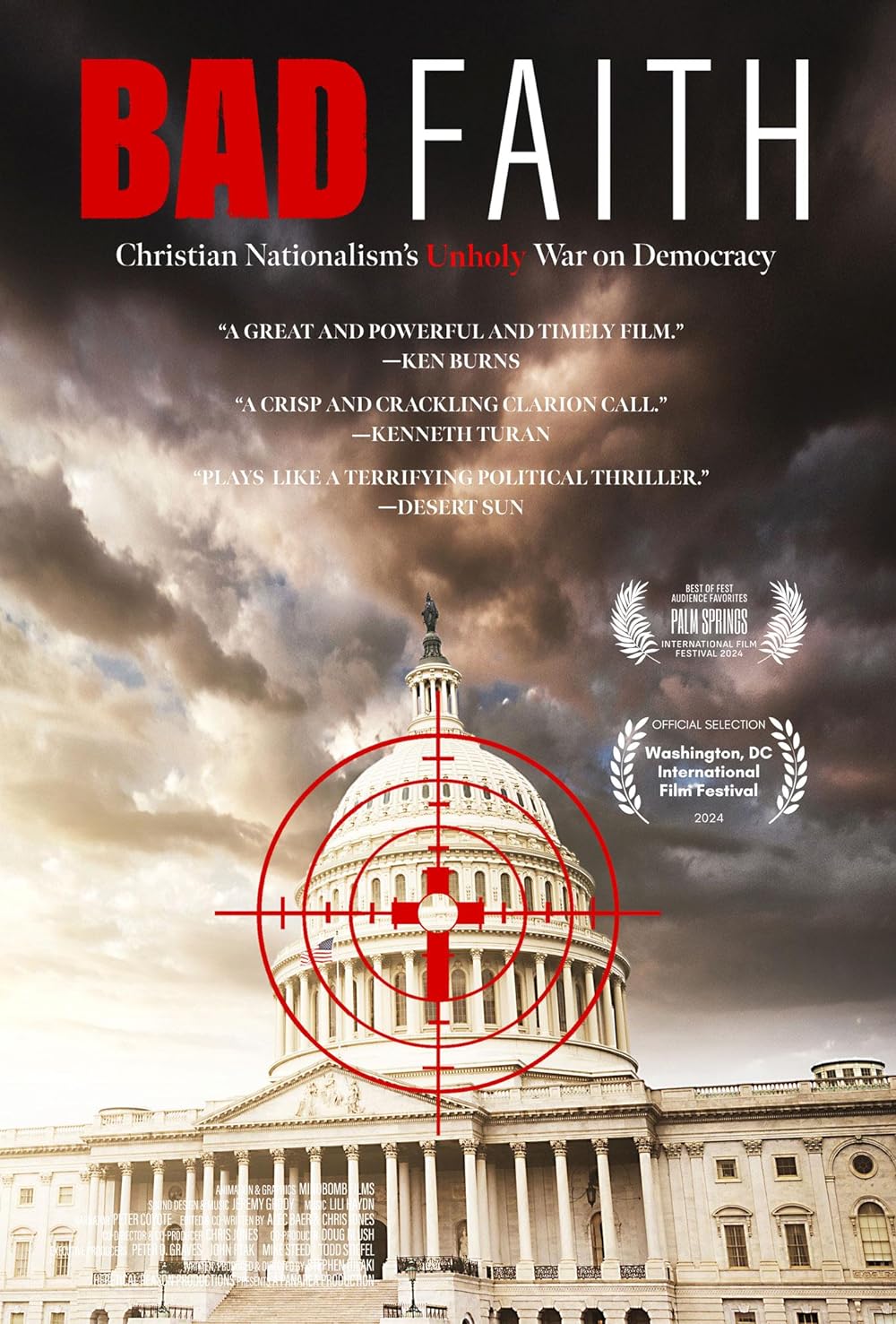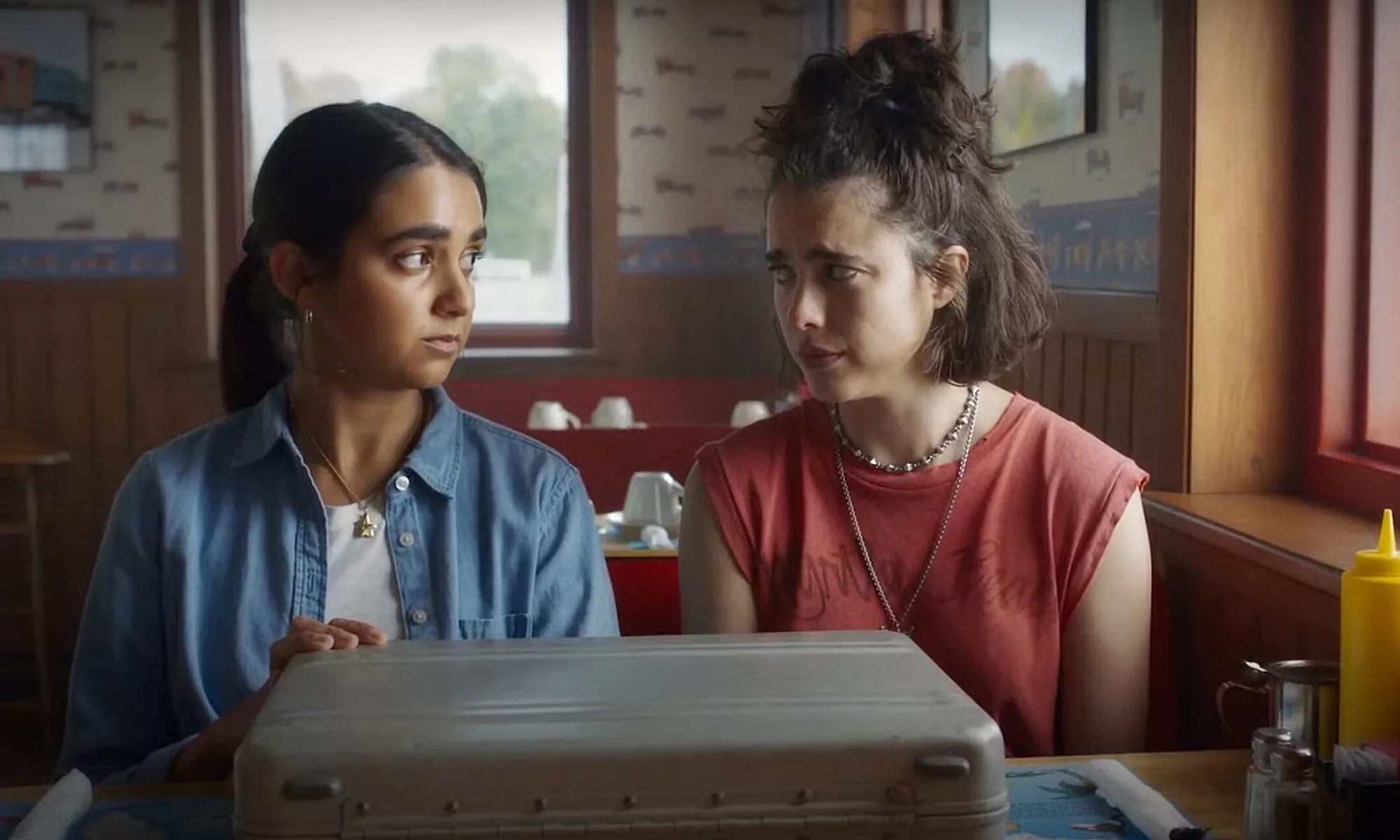Fat Albert
Posted on December 19, 2004 at 3:36 am
B| Lowest Recommended Age: | Kindergarten - 3rd Grade |
| Profanity: | None |
| Nudity/ Sex: | None |
| Alcohol/ Drugs: | None |
| Violence/ Scariness: | Mild |
| Diversity Issues: | A theme of the movie |
| Date Released to Theaters: | 2004 |
Hey hey hey! Fat Albert is back.
The original Fat Albert was a friend of the young Bill Cosby, who turned his childhood adventures into a popular stand-up routine during his days as a comic. In the 1970’s, Fat Albert and the Cosby Kids became a popular animated television show. Fat Albert and his friends Rudy, Mushmouth, Dumb Donald, Weird Harold, and Bill and his pesky little brother Russell would help people solve problems and learn lessons and then head out to the junkyard for a song.
In this live-action movie, a lonely teenaged girl named Doris (Kyla Pratt) watches the Fat Albert cartoon show after school. When her tear falls onto the remote control, Fat Albert knows he must help her. So he climbs right out of the television set and into her living room, and the whole gang comes along.
They are all still dressed in their fly 70’s outfits, lots of orange and hot pink with rainbow suspenders.
The gang is completely befuddled by those newfangled inventions like soda can flip-tops and cell phones. Present-day characters are mostly equally befuddled by the gang’s 70’s animation qualities (Fat Albert wins a race with a track star using his cartoon glide/shuffle and Dumb Donald cannot take off that face-covering hat because he is not sure there is anything underneath). But some, including Doris’ sweet and pretty foster sister, are taken with their old-school charm.
The story-telling is so gentle that it barely registers, made up of disconnected moments almost as though it was limited to the brief skit-like segments of the old cartoon show. What little narrative momentum builds up is quickly dissipated without being resolved. Music video star and valet/stylist to rap stars Farnsworth Bentley has a nice cameo as a clothing store salesman, but it is unlikely that his participation will matter to the intended audience for this film.
Cosby appears as himself to talk to Fat Albert and in a poignant epilogue at the grave of the real Fat Albert, again not something that will be very meaningful to the children in the audience. The children might also be concerned about why Doris’ mother and father are not around and what happened to her foster sister’s family.
As Fat Albert and his friends stay in the real world too long, they start to fade away. But by then the movie itself seems faded. The film feels muddled and unsure of its audience, as out of its time as Fat Albert and the gang.
Parents should know that the movie has some mild tension, as when a rival group threatens Bill’s little brother Russell by trying to take control of the junkyard where Fat Albert and the gang hang out. And some viewers will be unhappy with the insulting nicknames (Weird Harold, Fat Albert, Dumb Donald, Mushmouth) and the portrayal of disabilities as humorous. Some parents will also be concerned with the excessive and intrusive product placement for the new DVD set of the television series.
Families who see this movie should talk about the way that Fat Albert and his friends are always willing to help anyone who is feeling sad or lonely. What is the best way to make sure we notice those who need our help, and what is the best way to help them?
Families who enjoy this movie will also enjoy the cartoon series, now available on DVD.






